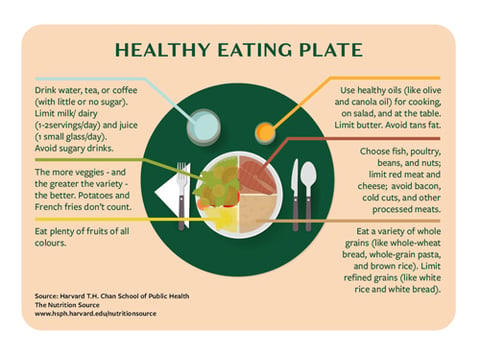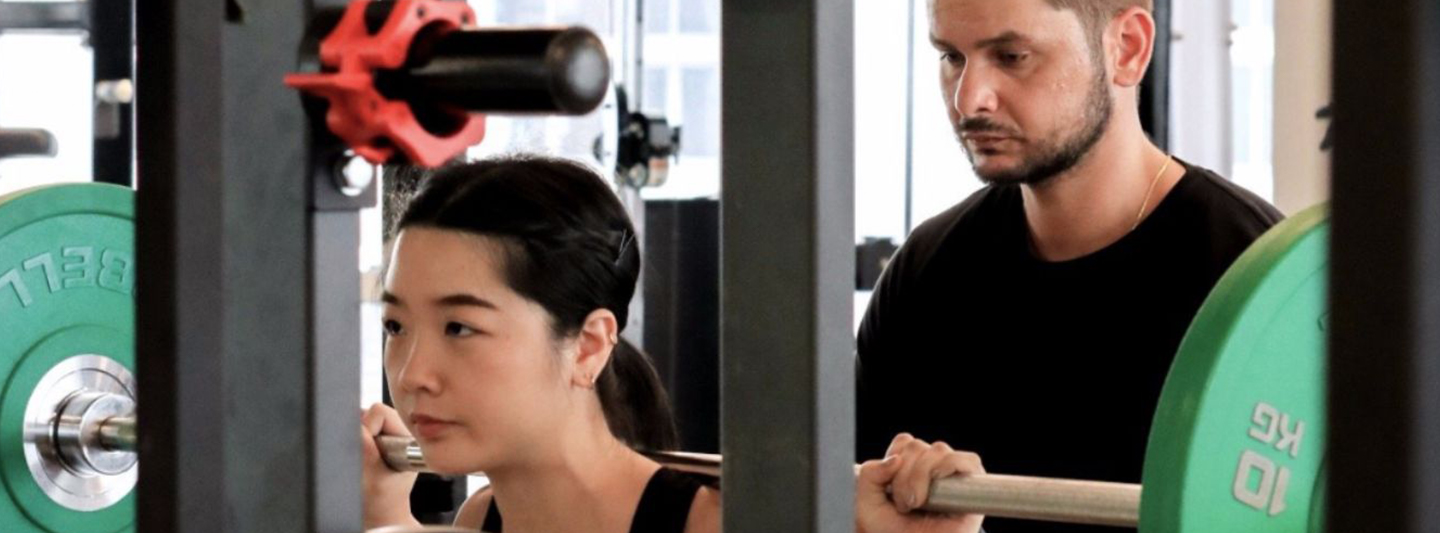In a perfect world, we'd all be eating perfectly balanced meals, working out 2 hours a day, and sleeping 8 hours every night. How many of us, however, are actually lucky enough to live the luxury of this so-called ‘perfect world’? As I write this article, I sit face-to-face with my calendar filled with a long list of to-dos, reminding me of the tasks I have to tackle for the rest of the day. As a cybersecurity professional, actor/model, and personal trainer, my harsh reality is that I must operate under multiple highly demanding environments to perform to the seemingly never-attainable standards, all while maintaining a body that is convincing of the fact that I can help others achieve their fitness and health goals.
With a voracious appetite like mine I find that, particularly, when I’m under a lot of stress, I instinctively crave sugary foods. So much so that during bouts of high pressure, I catch myself devouring mounds of carb/high-fat foods in one sitting while working at my desk.
Many of you might relate to what I just described because this is the reality of most normal working professionals. More often than not, important and often stressful life priorities such as work, relationships, or personal issues, supersede having a lower body fat percentage. At the end of the day, it boils down to feeling like we have little to no time or energy to work towards an idealistic body image.
But what if I told you the secret to shedding fat and staying lean hinges ironically on minimizing the use of your willpower? The less you use your time and energy being fixated on your fitness goal by creating and automating good habits, the more productive and effortless your life, including fitness, becomes. This is the power of habit. Once you create a positive cycle and momentum to keep it going, you will inevitably attain the results you want.
Here are my top 3 habits to shed fat and stay lean all year round while also thriving in other aspects of life.
Top 3 Habits to Shed Fat and Stay Lean All Year Round
1. Focus on an 80/20 Diet and Healthy Eating Plate when eating.
An 80/20 diet approaches eating in moderation by eating 80% healthy food choices and 20% flexibility for less healthy options. With this approach, you should aim to have nutrition-dense, high-volume, high-fiber, and protein-rich meals 80% of the time (i.e. vegetables, chicken, eggs, oats, sweet potato, etc.) as such food choices also help increase satiety especially during a caloric deficit when hunger management plays a pivotal role in the success of losing fat.
Harvard’s Healthy Eating Plate is a guide for creating healthy, balanced meals. Whether you stick to a more rigid physical healthy eating plate, or an imaginary one, being conscious of it will help with your portion/ratio control to shed fat or maintain your current body.

In being conscious of your diet, don’t aim for perfection. Rather, make consistency your goal by aiming for reasonably high and sustainable standards. Naturally, high levels of stress change eating patterns and augment the consumption of highly palatable (HP) foods. You should also be aware of and prepare for these trigger moments by managing your environment in a way that will refrain you from going overboard; maintaining your 20% under 20%, drinking plenty of water and preparing healthy snacks.
2. Get the biggest bang for your buck with your training.
The less willpower you use to create and follow a habit, the more likely it will stick, so get into the habit of training efficiently. Get the most out of your workout by focusing on compound movements such as bench, squats and deadlifts, or other similar variations depending on your own personal fitness level (as opposed to isolated exercises) when doing strength training.
Incorporate functional movement to train your core strength and stability, flexibility, as well as your mind-body connection.
Short and intense superset, drop set or circuit workouts can take up to or less than an hour so you can focus on these if you’re limited in terms of time, particularly on weekdays. Leave the longer strength/hypertrophy workouts which can often take up to two hours to the weekends
You should also seek to find a path of least resistance in your training that works best for you by identifying a time during the day when you’re least distracted and tired physically/mentally. In doing so, you’re able to give 100% to every workout, maximising the benefits of each session. I personally find training early in the morning to be working for my overall time/energy management. I allow mornings to be dedicated solely for me and I am fully recharged after a good night's sleep.
3. Develop a non-negotiable night routine.
Make your night routine a non-negotiable that no one, not your boss or even your own ego, can dictate because sleep is so important. A lack of sleep is linked to obesity, and sleep is a time when body and mind undergo recovery, and neurons are built that help you become de-stressed, smarter, and healthier after each day. Without recovery, there’s no progress.
I make it a habit to walk for about 30 minutes with my dog after dinner, which helps me digest, avoid electronic devices (blue light) near bed time, read a book, and meditate/pray until I naturally fall asleep.
Need more help or guidance in your fat loss journey? We've got a selection of the top personal trainers in Singapore for you!
Click  to book a complimentary consultation or free trial with one of our trainers today.
to book a complimentary consultation or free trial with one of our trainers today.



